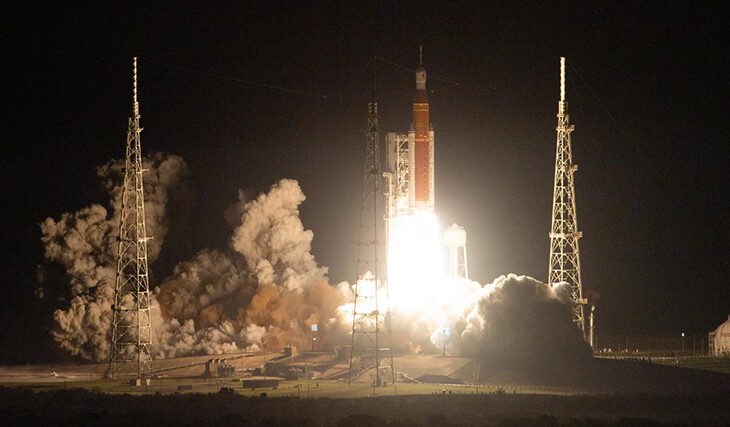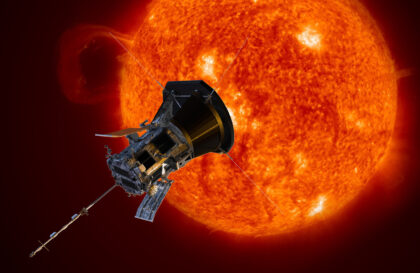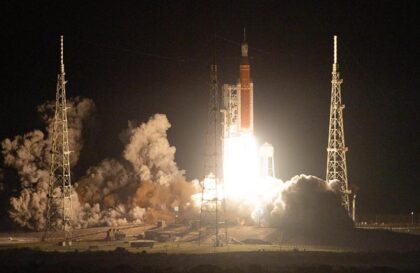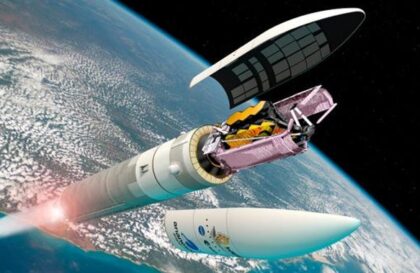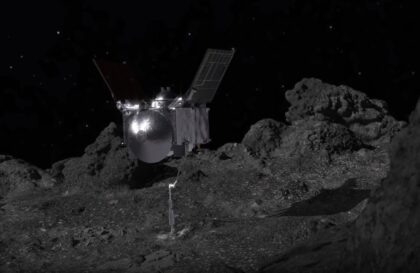Artemis 6, 7, 8, and beyond?
NASA is looking to the future with enthusiasm and has already signed contracts for rocket engine supplies up to the Artemis-13 mission!
Artemis 1
The Artemis-1 project, originally known as “Exploration Mission-1,” was carried out from November to December 2022. The primary objective was to test the Space Launch System (SLS) and the Orion spacecraft.
During the 25.5-day mission, the spacecraft flew to the Moon at a distance of 450,000 km, performed an orbital flyby 130 km from the lunar surface, and ventured an additional 64,373 km into space. The capsule successfully landed in the Pacific Ocean near California on December 11th.
Various scientific experiments were onboard the module to study the Moon, new technologies, and cosmic radiation.
Three mannequins, dubbed “Moonikins,” were dressed in Orion survival suits and equipped with sensors to collect data on flight conditions, which will be helpful for future Artemis-2 and Artemis-3 missions.
In addition, Artemis-1 had two more “special” passengers onboard: stuffed toys Shaun the Sheep and Snoopy, the latter of which could be spotted inside the Orion capsule.
What happened during the Artemis-1 mission?
After four unsuccessful attempts due to technical glitches and unfavorable weather conditions, Artemis-1 launched from Kennedy Space Center on November 16, 2022.
The SLS generated a thrust of 8.8 million pounds, surpassing the Saturn V rocket used in the Apollo program by 1.3 million.
On the sixth day of the mission, Orion arrived at the Moon and performed an orbital flyby at an altitude of about 130 km from its surface. On November 26, 2023, Orion set a new distance record for a crew-capable spacecraft, reaching 432,210 km from Earth. The previous record was held by Apollo 13 at 400,171 km.
Orion’s crew, command and service modules | Source: NASA (June 2022)
On the 16th day, the spacecraft returned to the Moon, flew at an altitude of about 128 km, and used lunar gravity to return to Earth. The landing in the Pacific Ocean was executed on December 11th.
The Artemis-1 mission successfully validated the readiness of the SLS, Orion, and ground-based communication and recovery systems for carrying out flights with astronauts to and from the Moon.
Next Artemis Missions
Artemis 2
Scheduled for November 2024, Artemis 2 will send four astronauts farther into space than ever before. Launching on an SLS rocket, the mission will travel 8,889 km beyond the Moon and return to Earth within 8-10 days, collecting data to test the Orion module. The exact launch date has not yet been determined.
Artemis 2 projected flightpath | Source: NASA (March 2023)
Artemis 3
Artemis 3 will be a 30-day mission and the first lunar landing since 1972. Four astronauts will travel to the Moon aboard the Orion spacecraft and dock with the Lunar Gateway. SpaceX will develop a lunar version of Starship to deliver two astronauts to the Moon’s South Pole. These astronauts will become the first woman and the first person of color to land on the Moon. They will spend a week on the spacecraft researching the lunar surface.
Artemis 3 projected flightpath | Source: NASA, July 2022
Artemis 4
Artemis 4 will deliver the I-Hab module for international habitation to the Lunar Gateway and conduct another crewed lunar landing.
Like Artemis 3, two crew members will spend about a week on the lunar surface, taking spacewalks, operating a rover, and conducting research. These astronauts will also collect samples for subsequent return to Earth aboard the Orion spacecraft.
Artemis 4’s projected flightpath | Source: NASA
Artemis 5
During the Artemis 5 mission, an additional module named ESPRIT will be sent to the Lunar Gateway station. The acronym stands for “The European System Providing Refueling Infrastructure and Telecommunications,” and it represents the European Space Agency’s contribution to the Artemis project.
After the installation of this module, two astronauts will carry out another lunar landing, where they will conduct new research and collect additional lunar soil samples for return to Earth.
Image credit:
https://www.rmg.co.uk
